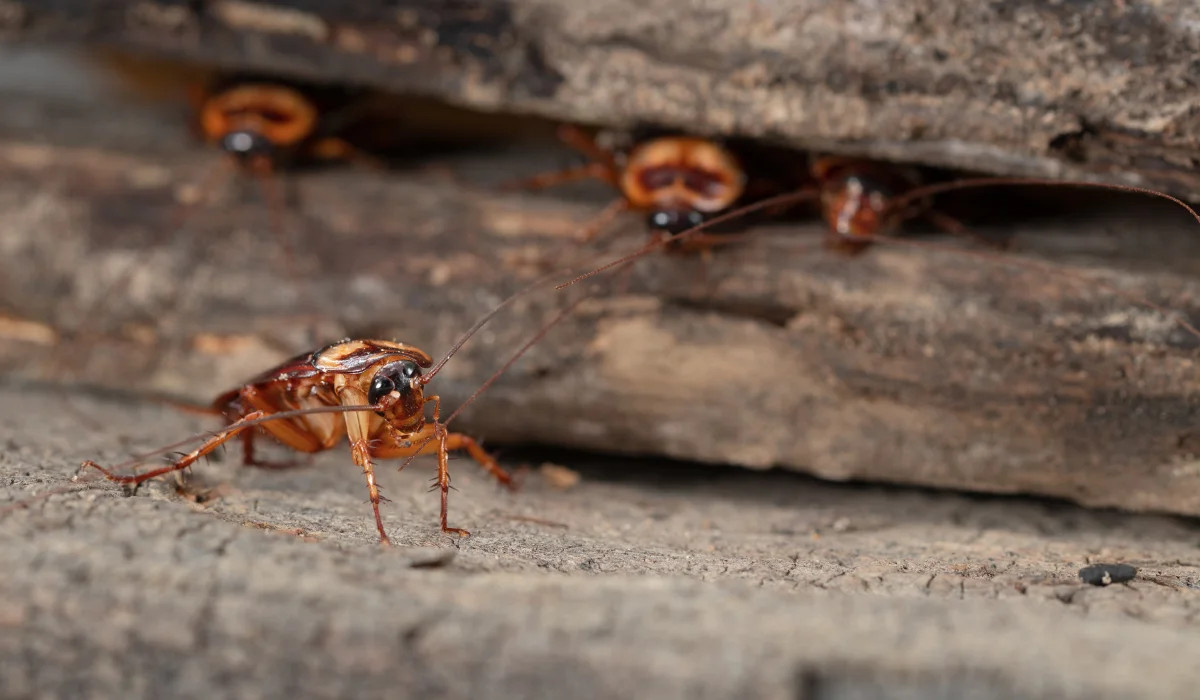Pestwise for Dummies
Pestwise for Dummies
Blog Article
The Definitive Guide for Pestwise
Table of Contents8 Simple Techniques For PestwiseThe Best Strategy To Use For PestwiseThe Buzz on PestwiseSome Of PestwisePestwise Things To Know Before You BuyTop Guidelines Of Pestwise8 Easy Facts About Pestwise Described

Q. Define "integrated pest monitoring" (IPM) and list numerous feasible control methods that might be used in an IPM method. A. Integrated pest monitoring is the combining of ideal insect control tactics into a solitary plan to minimize pests and their damages to an appropriate level. Bug control strategies might include: host resistance, organic control, cultural control, mechanical control, hygiene, and chemical (pesticide) control.
The Ultimate Guide To Pestwise
What can you do to keep the bugs you are attempting to control from becoming resistant to the chemicals you utilize? A. Pest resistance can be reduced by making use of integrated pest administration and rotating the kinds of chemicals utilized.
Parasites are a vital danger to the farming service, and incorporated bug management assists cultivators address and alleviate these dangers. Integrated parasite monitoring makes use of numerous techniques in complicated, hence being an extra reliable remedy to the problem. Pest Control. Particularly, eliminating hostile chemical approaches enables lessening damage to people and the environment by utilizing natural and much safer options rather
Unknown Facts About Pestwise
The goal of incorporated bug management is to decrease this damage and control appropriate invasion levels as opposed to remove all undesired populations. This is why it is very important to recognize what steps are warranted in each situation and use hostile ones only when various other incorporated administration techniques don't function. Integrated management mitigates the unfavorable repercussions of a non-IPM technique, and the primary advantages of IPM Advantages of IPM.
A proper understanding of the invasion scope identifies if the issue needs to be addressed. are the next parts of an IPM program because it is very important to realize if the organisms make possible risks and choose the incorporated management alternatives or the specific chemical use. mean to lower infestations by applying different agronomic methods.
Examine This Report on Pestwise
Integrated monitoring alternatives in an IPM program begin with safer her comment is here to much more aggressive ones. The above-mentioned incorporated administration elements help understand just how to prepare and apply an IPM program step by action: Monitor your crops routinely.

To name a few, IPM social approaches include the complying with field administration methods: soil therapy; choice of appropriate plants; crop rotation; interplanting or strip chopping; choice of planting days; weed control; use trap plants. Favorable soil conditions speed up plant development, and strenuous plants are much more resistant to infestations. Mosquito Control. In incorporated insect management, soil testing helps recognize if the area is appropriate for the production of this or that plant, and after that use the lacking nutrients to ensure plant healthy and balanced growth
Little Known Questions About Pestwise.
No-till practices aid avoid soil disintegration, adding to lasting farming. Nevertheless, when tilling is essential, it is suggested to conduct it in the be up to subject them to all-natural opponents and extreme weather. Healthy and balanced plants and seeds determine effective crop advancement, so it is necessary to choose pest-free growing product with strong roots.
Thus, to name a few applications, plant turning can be effectively used as an integrated parasite management approach. Vermin spread out slower if rows of different crop kinds divide their host plants in intercropping or strip chopping, which is also used in the integrated parasite management system. On the other hand, invasions enhance when plants of the exact same crop type or household grow together.
, as well as tomatoes. Growing trap plants in spots is one more option for IPM intercropping. This incorporated pest management technique suggests drawing in insects to specific plants and then managing them with chemical or mechanical strategies.
The Greatest Guide To Pestwise
Barriers are common instances of physical IPM methods. Allow's take a closer consider them. Eliminating or selecting parasites out manually is a time and labor-consuming choice that is widely applied in incorporated management and natural farming. Mature bugs or their eggs and larvae are accumulated by hand and destroyed.

Division of Plant Sciences. This integrated monitoring approach implies a common way of destroying insects by predators, parasitoids, microorganisms, and various other organic control representatives (also known as hostile microorganisms). The function of organic control in IPM is to.
Pestwise Can Be Fun For Everyone
With time, their population became an actual annoyance to farmers alongside aboriginal kangaroos or dingoes. The walking cane toad is an additional instance showing integrated organic control failing hereof when it declined to quest the target species and came to be a parasite itself. Parasitoids create on or within their hosts to ultimately eliminate them after growing.
Report this page